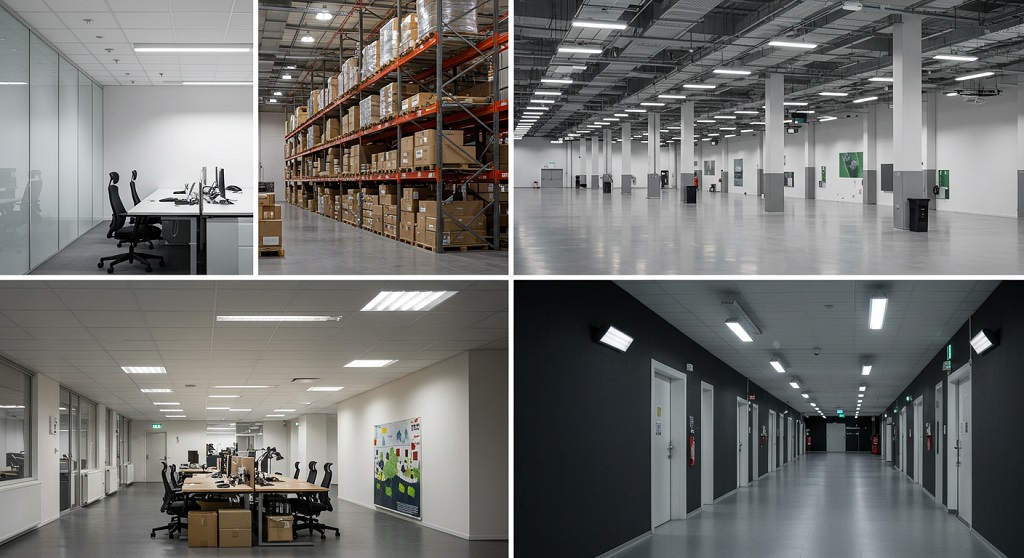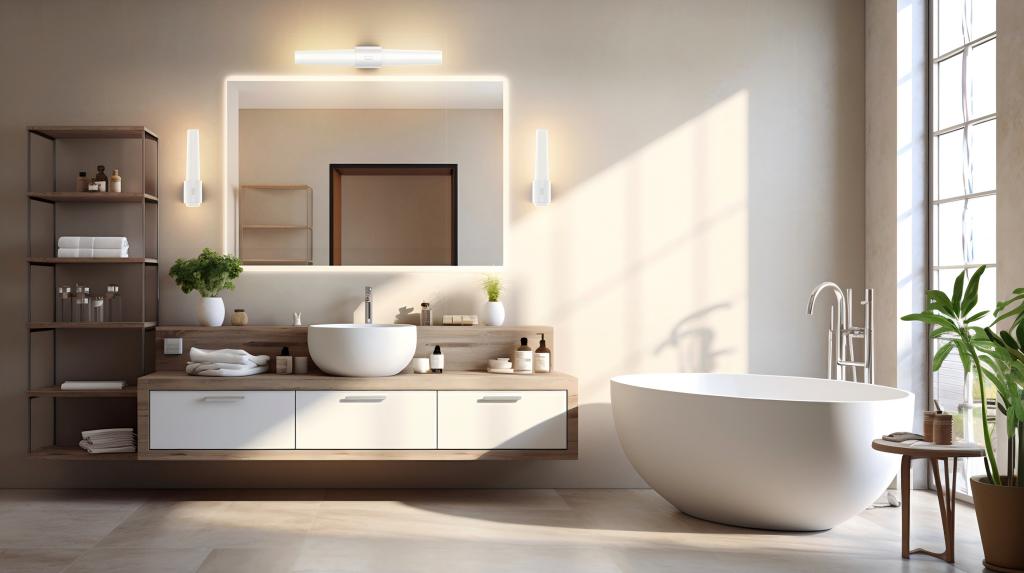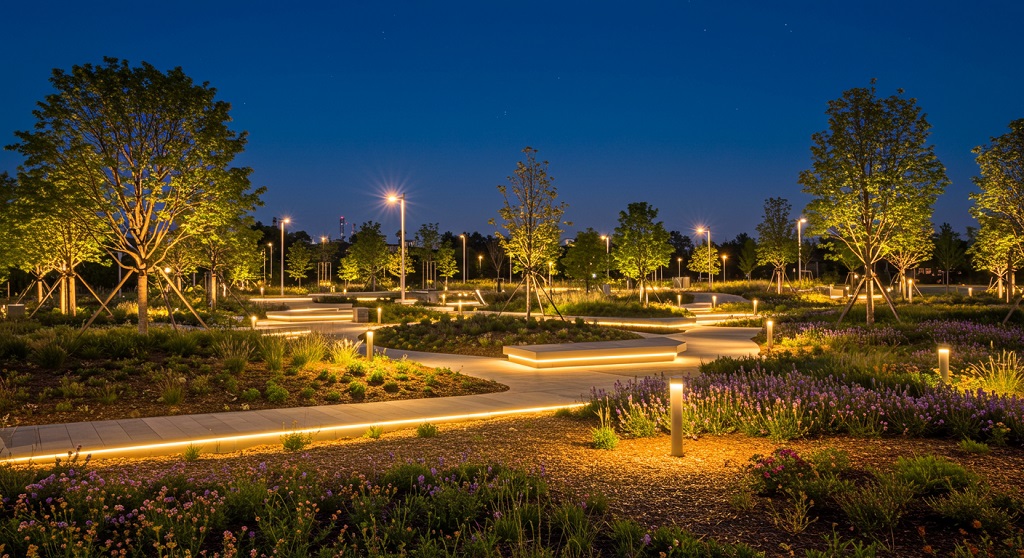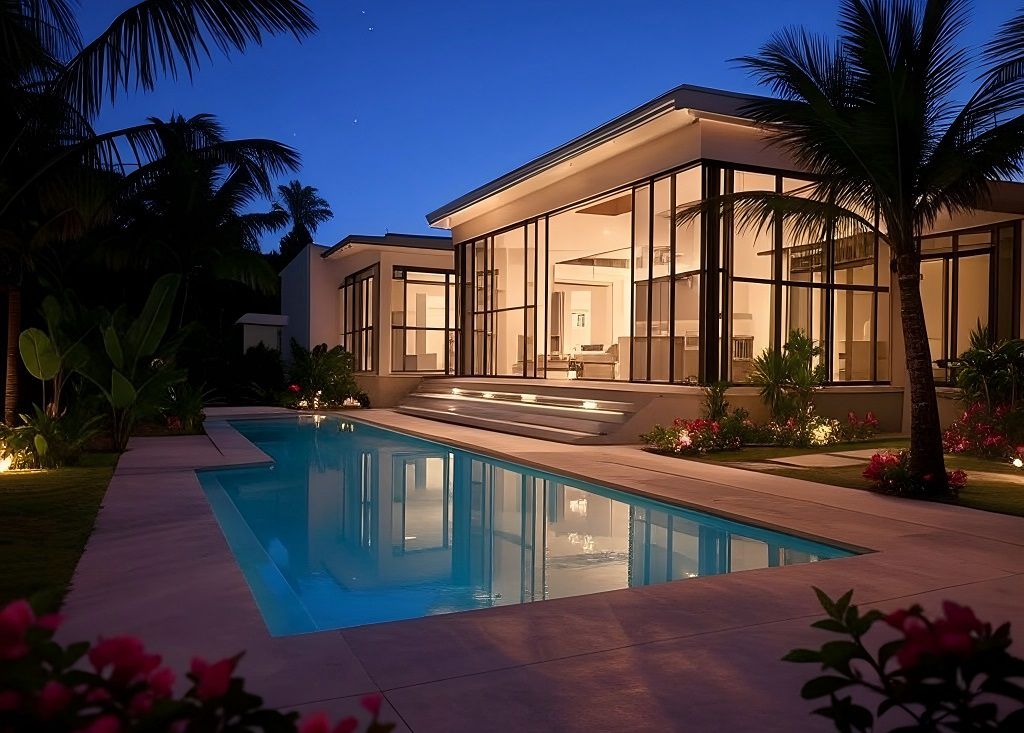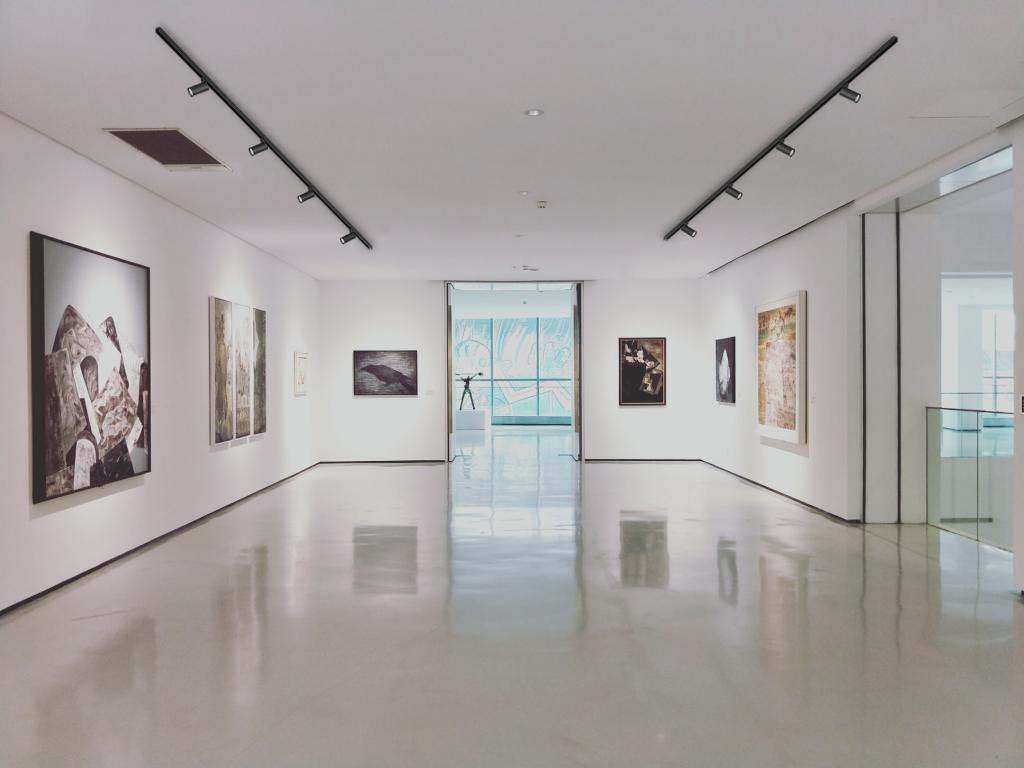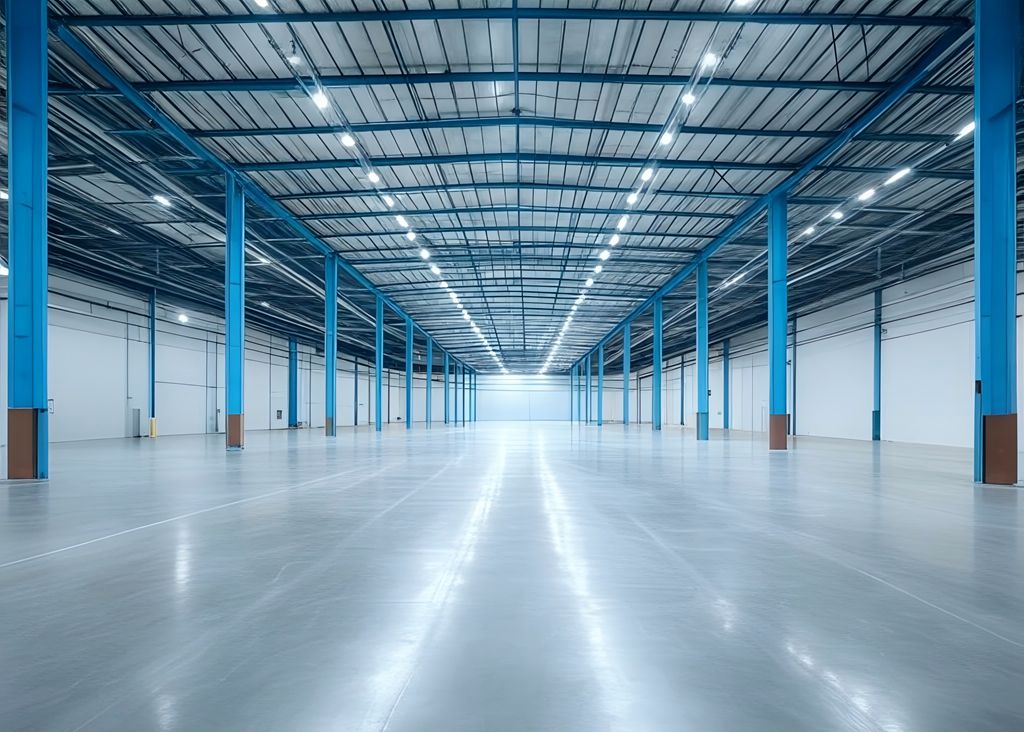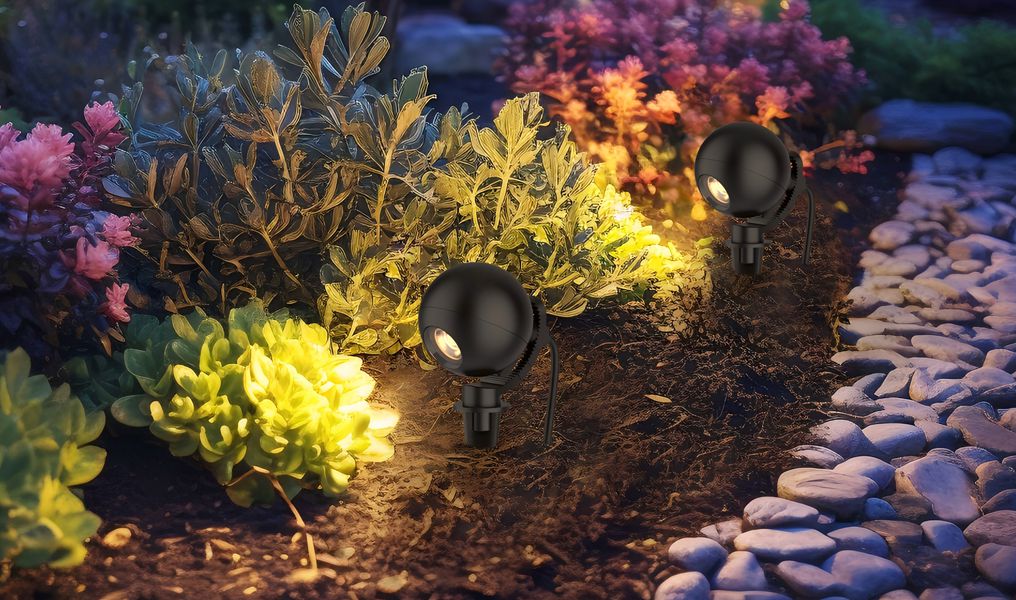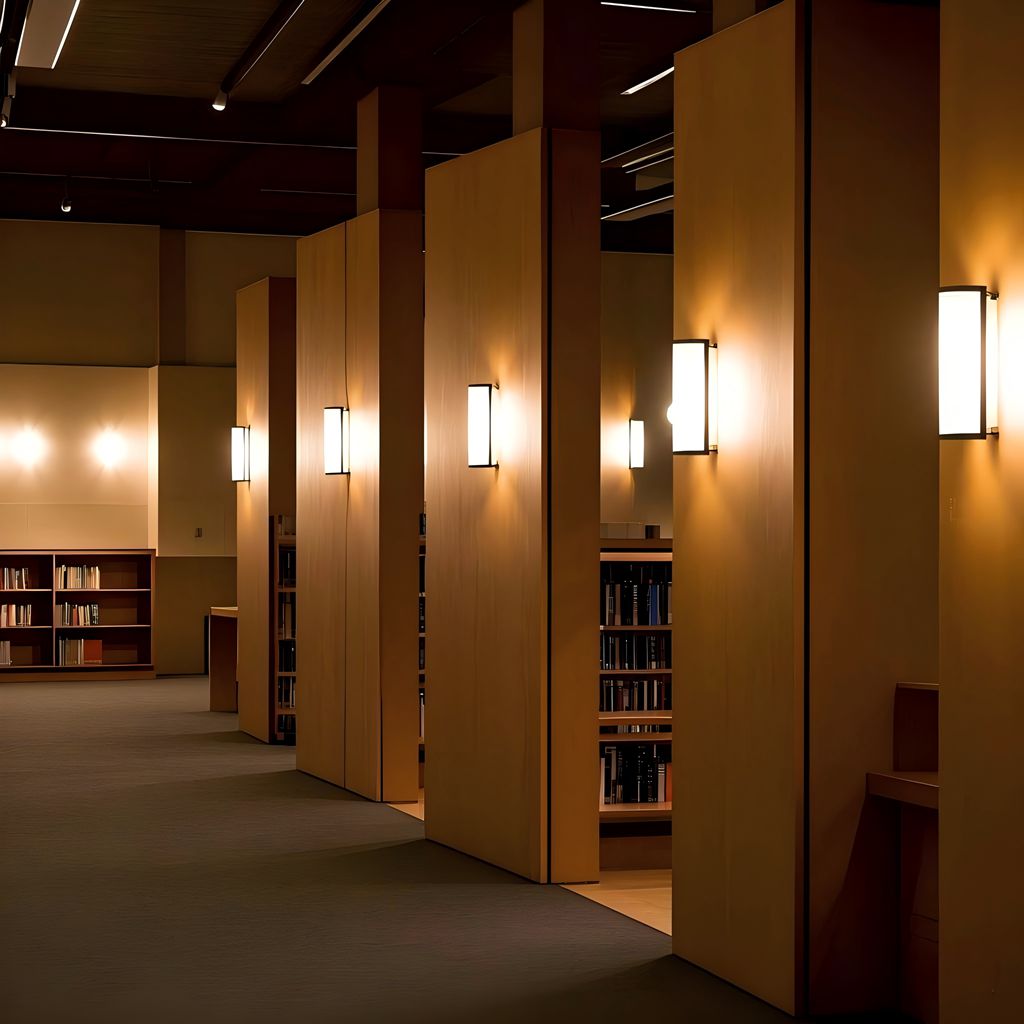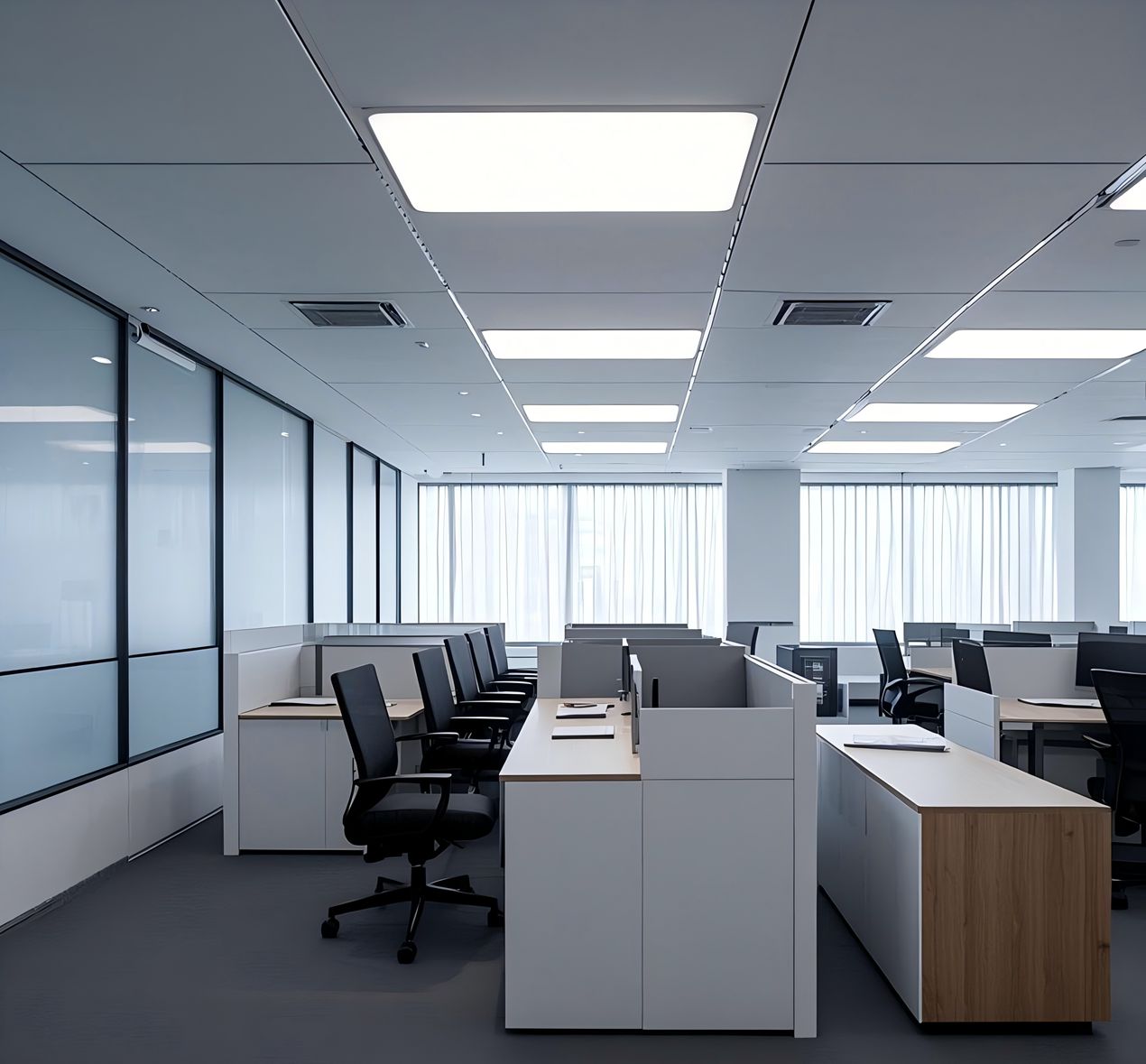Lighting in museum
Museums can be found in cities and towns around the world, ranging from small local museums to large national or international institutions, where a public institution that collects, preserves, and exhibits artifacts, artworks, scientific specimens, historical objects, or other items of cultural, historical, artistic, or scientific significance. It can focus on a wide range of subjects, including natural history, art, archaeology, anthropology, science, technology, industry, historical events, and more. They may have permanent collections that are displayed year-round, as well as temporary exhibitions that showcase specific themes or topics for a limited period. To showcase those objects, the museum design is important to guide the visitors, especially the lighting design is one of the key elements to affect visitors’ perception and cognition. Light plays a crucial role in museums, serving as a vital component in creating an atmosphere that fosters discovery and simultaneously safeguards valuable artifacts. Achieving the perfect balance between preservation requirements and interactive experiences is a challenging endeavor, as museums strive to fulfill their core purpose as spaces of exploration, learning, and revelation. According to IESNA, museum lighting design meets its parameters and standards can ensure safety, preserve artifacts, and create an interactive experience for guests of all ages.

What about the museum lighting design?
Daylight
Museum designs incorporate daylight because humans relate to nature. Light defines a space within a building’s design. Daylight always fluctuates and often is fused in interactive spaces. Cloud cover, season, the time of day, and a building’s position are factors directly impacting lighting design and how humans experience the space. The perception of space can be influenced by a range of factors, including different heights and depths of rooms. Additionally, the amount of daylight and the way natural light is filtered into a space can create various effects. The interplay of heights and room depths can significantly impact how humans perceive space. The presence and manipulation of natural light within a specific environment further contribute to diverse spatial perceptions. For instance, in the case of a small room with high ceilings and abundant daylight, the space tends to appear more expansive and open. Conversely, when dealing with a large room characterized by low ceilings and limited access to natural light, the area can feel constricted and stagnant. On the other hand, the arrangement of windows or glazings, as well as the level of natural light, offers design versatility. Another essential aspect to consider, as per IESNA standards, is how the interior surfaces reflect light. It is crucial to choose interior materials and finishes that not only contribute to the overall aesthetic of the space but also enhance its visual appeal and ambiance.
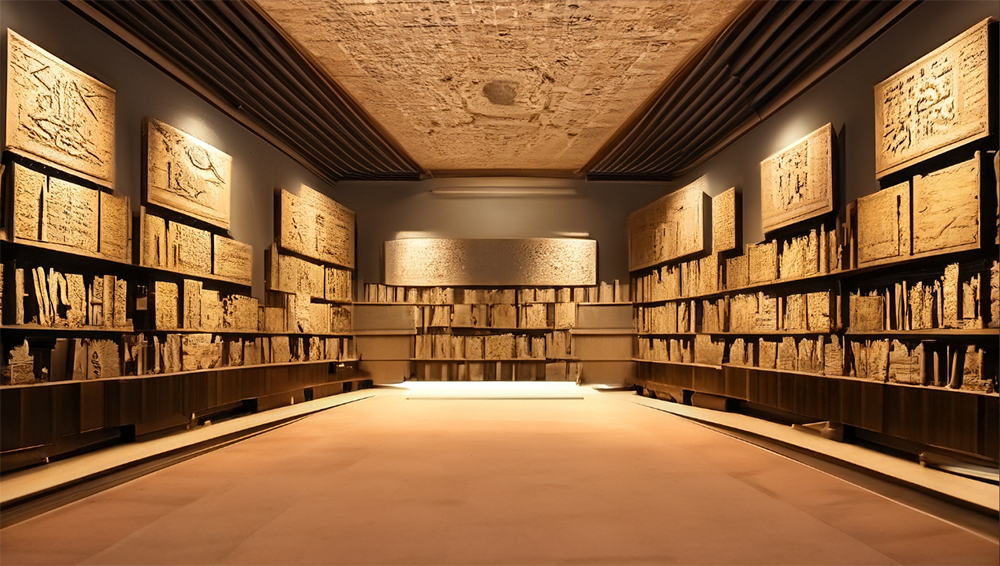
While daylight contributes to the overall ambiance of a space, it can have a detrimental effect on artifacts, leading to a conflict between the desire for natural light and the preservation of these valuable objects. Natural light possesses a significant light output and contains high concentrations of Ultraviolet (UV) rays, which are known to cause damage to textiles and artifacts. Furthermore, prolonged exposure to light can have adverse effects on artifacts. According to IESNA standards, the recommended light levels range from five to 30-foot candles, depending on the type of artifact (RP-30-96, 14, 1996).
Artificial light
In interior applications, a variety of artificial light sources are employed to fulfill different lighting requirements, such as enhancing visibility, facilitating tasks, creating accents, and adding decorative elements. Commonly utilized artificial light sources for interior lighting encompass incandescent bulbs, fluorescent tubes, high-intensity discharge (HID) lamps, fiber optics, cold cathode lighting, and light-emitting diodes (LEDs). These diverse options enable designers to achieve desired lighting effects and meet specific needs within interior spaces. In museum interior applications, the placement and intended function of lighting, combined with the selection of appropriate light sources, play a critical role in delivering the optimal amount of light and desired lamp properties. The careful consideration of these factors ensures that the lighting design effectively serves its purpose within the museum space, illuminating exhibits and creating an atmosphere conducive to viewing and appreciation.

Light levels
Light levels in museums are determined based on both visibility and accessibility requirements within the museum space. The quantitative measurement of light in museums takes into account various factors, including the type of exhibits, the nature of the collection, and considerations related to storage and handling. By considering these factors, appropriate light levels can be established to ensure optimal viewing conditions while also safeguarding the preservation and integrity of the museum's artifacts and artworks. Another key consideration in museum lighting design is the establishment of appropriate light levels across the exhibits, typically ranging from five to thirty footcandles. These recommended light levels ensure that the displayed artworks and artifacts are adequately illuminated for optimal viewing. By carefully controlling and maintaining these light levels, museums can create a visually engaging and immersive experience for visitors while also preserving the integrity and longevity of the exhibited pieces.
Styles of Luminaires
Luminaires are distinguished by their specific light distribution characteristics. Light fixtures, which are permanently installed in a building, serve as one type of luminaire. Additionally, there are various other luminaire types available, each with its unique lighting properties. These include direct luminaires, which emit light downwards; indirect luminaires, which direct light upwards towards the ceiling or walls; diffuse luminaires, which provide uniform and evenly spread illumination; direct/indirect luminaires, offering a combination of both upward and downward light distribution; asymmetric upright luminaires, designed to deliver focused and directional lighting; downlights, which cast light in a downward direction; and adjustable luminaires, allowing for flexible control and modification of light direction. These diverse luminaire options enable designers to achieve specific lighting effects and cater to a wide range of lighting requirements in various interior spaces.
What else lighting design considerations elements?
Achieving a successful lighting design requires lighting designers to take into account various factors that impact the illumination of a space, objects within it, and its intended purpose. These factors include color rendering, color temperature, texture, form, viewing angles, layered light, and maintenance. By comprehending these elements, lighting designers can seamlessly integrate lighting components with the architectural design of a space, resulting in an impactful and functional design that captivates human interest and enhances their experience within the environment.


